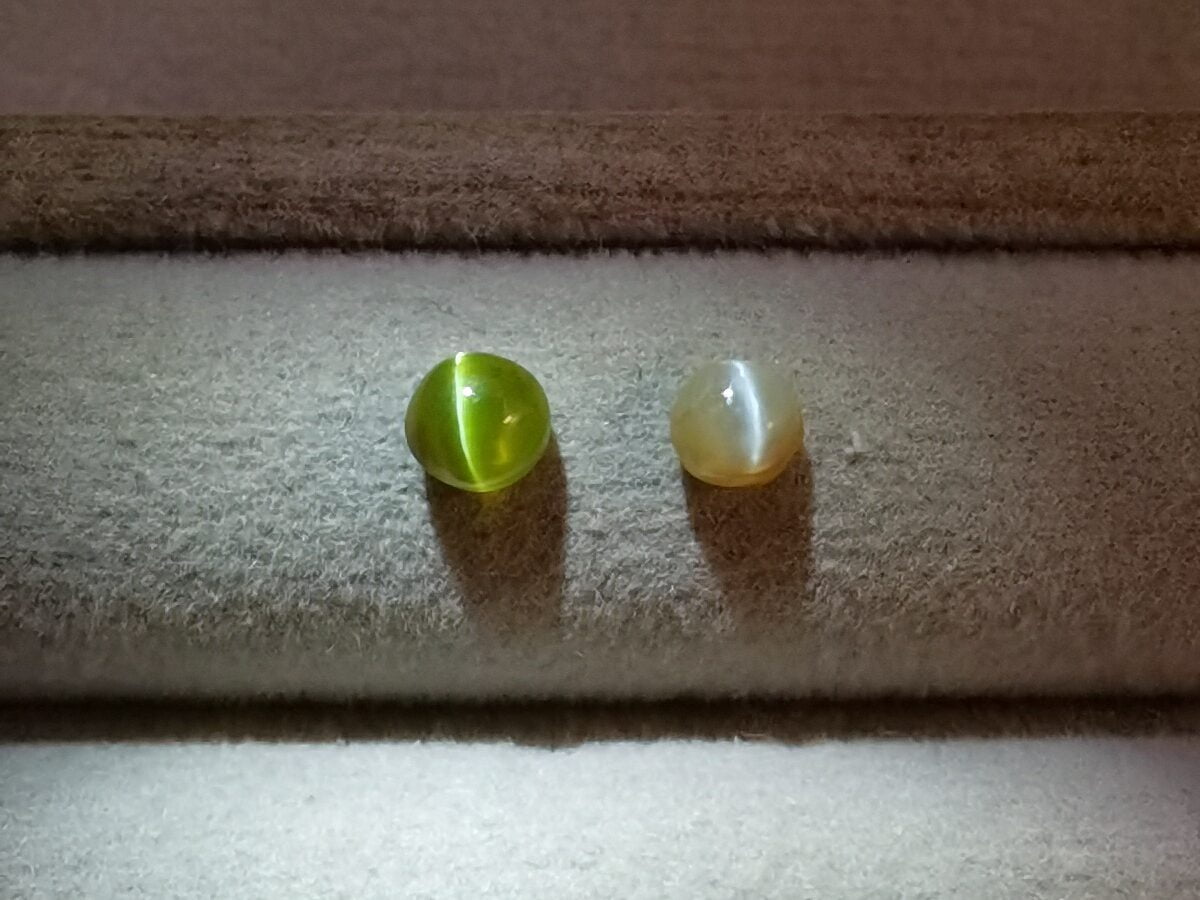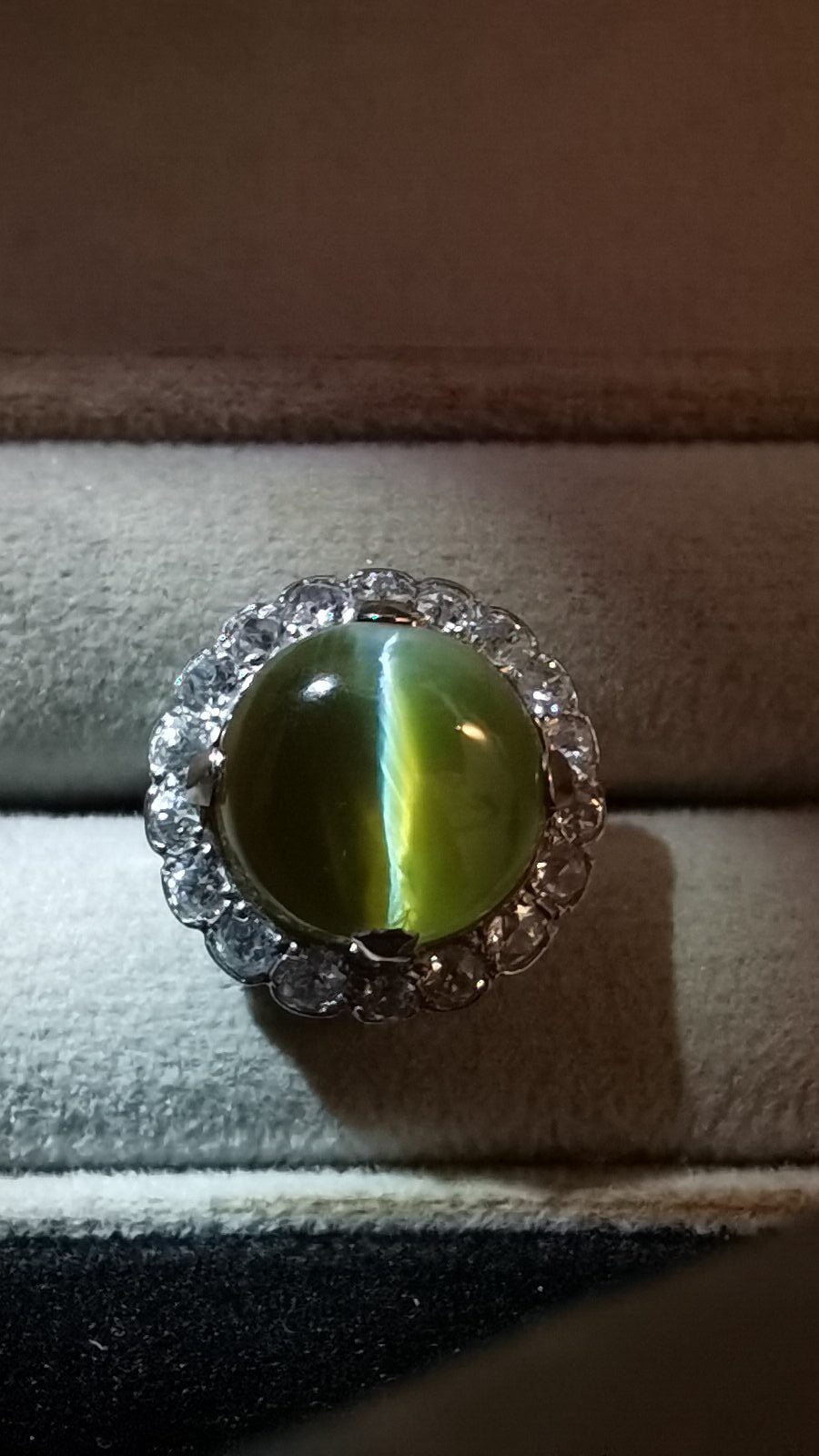The Most Desired Cat’s Eye Gemstone, Chrysoberyl
Many would ask this question: What is chrysoberyl? In reality, chrysoberyl is a very much underrated gemstone because it can be as eye-catching and rare as any other precious gemstones. As diverse as it can be, this mineral has the most attention among the most sought-after phenomenal gemstones, namely the cat’s eye.
Do not be mistaken by the name ‘chrysoberyl’ that contains the word beryl. It does not belong to the same beryl family of emerald and aquamarine. Although both minerals are chemically composed of beryllium and aluminum, the similarity stops here. Chrysoberyl is an oxide mineral, while beryl is cyclosilicate, which are two different minerals.
Chrysoberyl has an orthorhombic crystal structure. When its crystals grow, they are prone to a form of cyclic twin called trilling. Trilling is a triplet of twinned crystals. A normal crystal will form as an individual while a twinned crystal is attached from the side of the crystal base that looks like a ‘V’. So a triplet of the ‘V’s will form a six-pointed crystal in the form of a snowflake.

Minerals are often or not used as a mineral ore to extract precious minerals for multiple purposes. Beryllium is a rare element which chrysoberyl possesses but is unable to be an ore due to its scarcity. Thus, it is mainly used as a gem and mostly well-known for its phenomenal varieties, the alexandrite and the cat’s eye.
The non-phenomenal varieties on the other hand, can prove to be an attractive stone. Chrysoberyls have a colour range from green to yellowish-green to yellow which are caused by trace elements of iron. Although the colour range does not seem to be wide, yellow chrysoberyl is a good alternative for a much expensive yellow sapphire, and has better characteristics than less expensive citrine and yellow topaz.
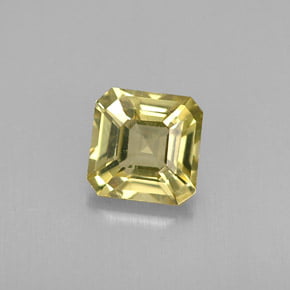
Cat’s eye, as the name suggests, resembles a feline’s eye. Known as chatoyancy in gemological terms, occurs when light enters a gemstone and reflects through thousands of parallel tube of silk inclusions. When light is reflected, it creates a straight line perpendicular to the inclusions across the gemstone. For a gemstone to display a cat’s eye, not only it must have parallel inclusion in a mass, but it also needed to be cut as a cabochon.
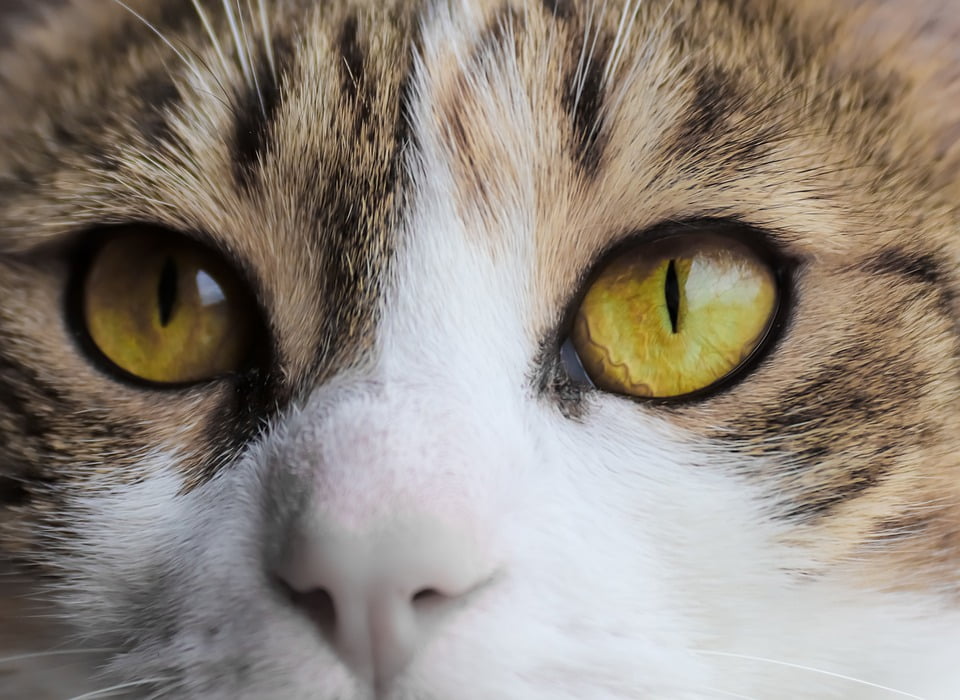
The cabochon cut is not a sophisticated cut, unlike the typical brilliant cuts. Yet, the perspective of the cutter may well decide the quality of the chatoyancy on the gemstone. The gemstone cutter has to examine how the band of light reflected in certain cabochon-cut gemstones and the volume of the inclusions. To consider a good quality cat’s eye, the ‘eye’ must be straight, distinct, and runs the full length of the stone. A low-quality cut may show a groovy, broken, or blurry/sleepy ‘eye.
Many gemstones can display a cat’s eye, each with their spectacles. Tourmaline contains tubular inclusions visible to the unaided eye that captures and reflects light. Most cat’s eye tourmaline happens to be green to blue. Quartz varieties of cat’s eye usually are grey to greenish-grey body tone with visible silk patterns. Cat’s eye quartz can also be known as hawk’s eye. A rare variety of chrysoberyl is the cat’s eye alexandrite, which possesses the colour change with chatoyancy.
In addition to cat, hawk, and tiger’s eye, might as well include the Eye of the Lion. It is the largest known cat’s eye chrysoberyl. The reason behind its name was its origin. It was found in Sri Lanka, whose flag bears a lion, on a paddy field owned by a famous aristocratic lady in the late 1800’s. This cat’s eye existence was deemed as one of the greatest gems of Sri Lanka, a home for many other famous gemstones like the Star of Adam.
The original rough weighs over 700 carat, roughly the size of a tennis ball. It was left uncut until this lady passed down her inheritance, includes plots of land and the rough gem to her first grandson. The grandson soon decided to cut the rough by calling a famous gem cutter in Sri Lanka and supervising the cut of the stone. In the end, the final weight of the cat’s eye is at 465 carat that produces a blinding yellowish-white line across the high-domed, dark coloured cabochon.
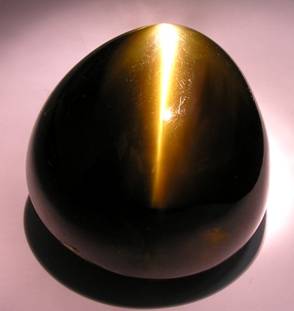
Despite being a relatively unknown gemstone to the public, cat’s eye chrysoberyl is one of the most desired of the chatoyant phenomenon gemstone. Even more so, chrysoberyl is the only cat’s eye that is not named the same as other gemstones, such as cat’s eye tourmaline, etc. Hence, whenever a cat’s eye’s name is without naming the variety of the gemstone, it is most likely referring to chrysoberyl. On top of that, chrysoberyl has the most distinct chatoyancy of all gemstones. Some of the best specimens have a strikingly straight and silvery-white band that complements so well, with its translucent brown or greenish-yellow background, almost as if a match made in heaven.
What makes cat’s eye chrysoberyl one of a kind may well be its ‘milk and honey’ effect. This unique feature is only exhibited in chrysoberyl. Milk and honey effect takes place when light is positioned perpendicular to the band. The side nearest to the light shows the original body colour, while the other side has a milky appearance. The milky appearance results when light has reflected from the base of the stone, then it is scattered by silk or microscopic inclusions, thus creating a brighter tone. Milky and honey can only be reflected with a translucent body.
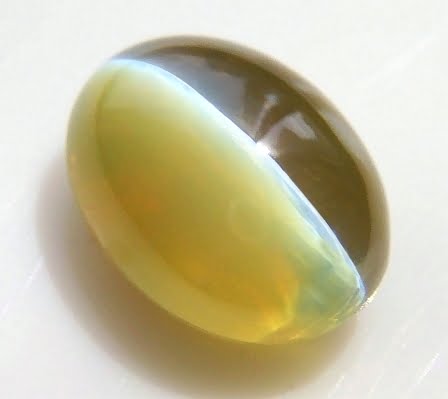
As the supply of top quality chrysoberyl remains limited, its rarity did not receive the attention it was supposed to have. Finally, it truly is a magnificent gemstone that we all should appreciate more for its beauty and uniqueness.
